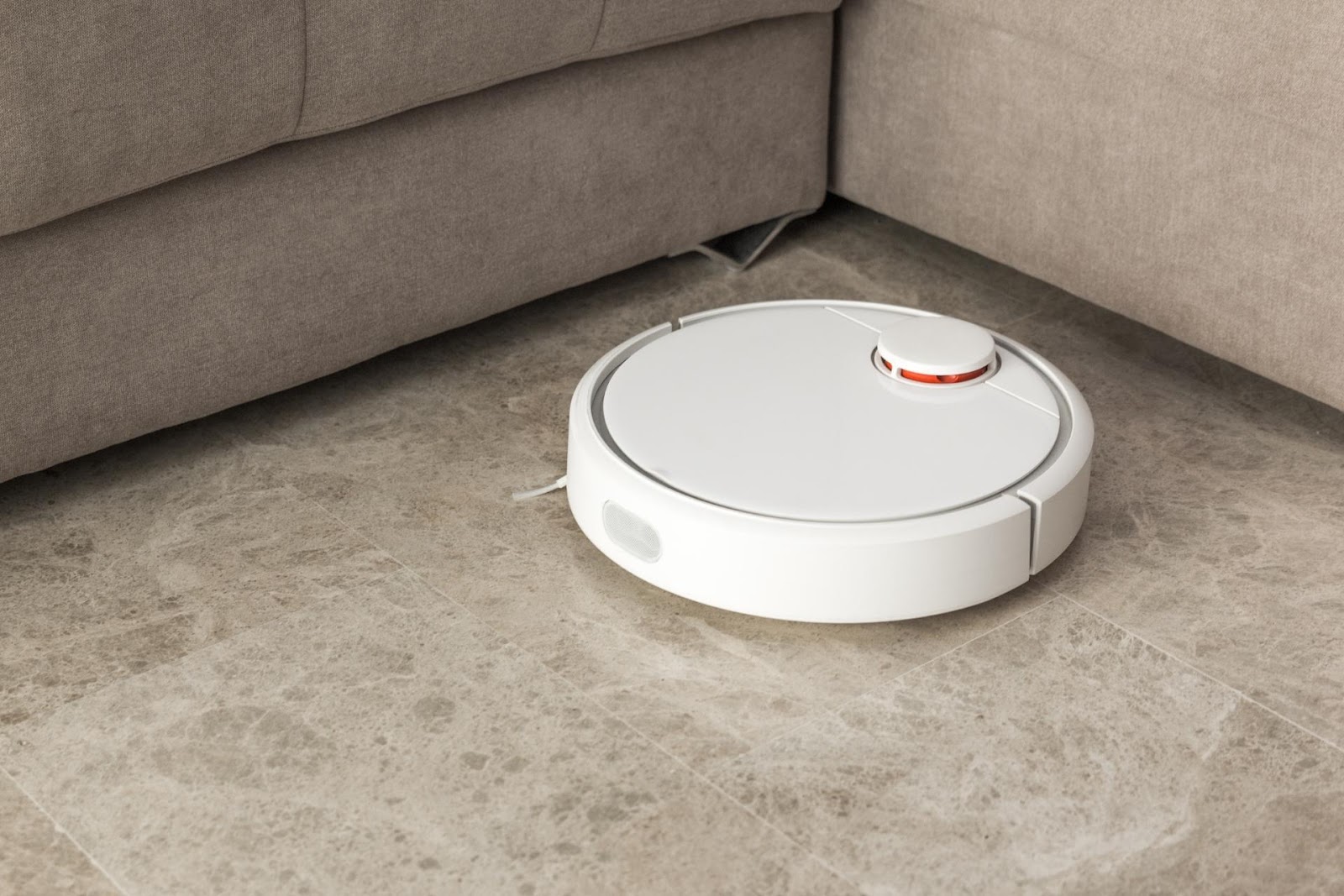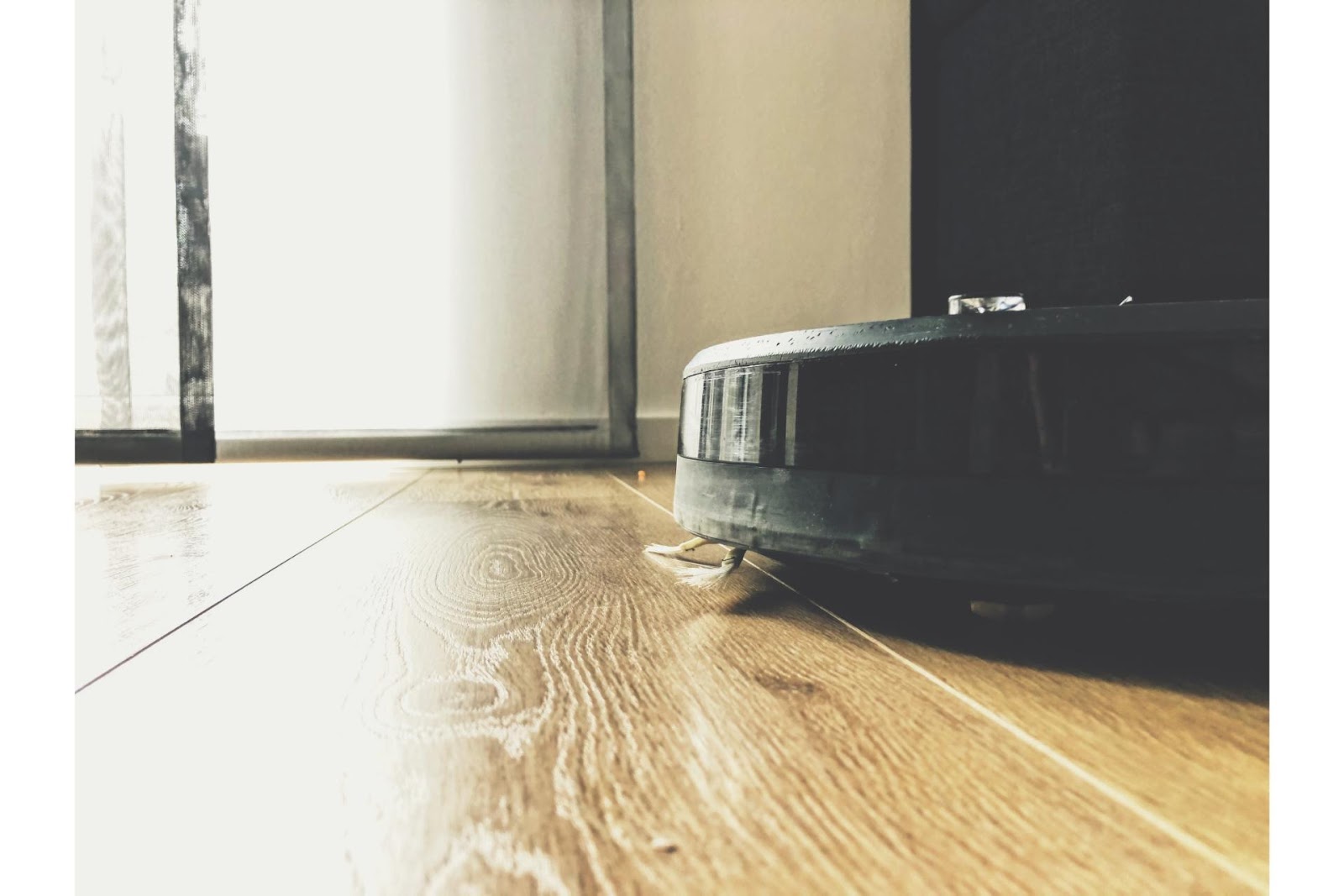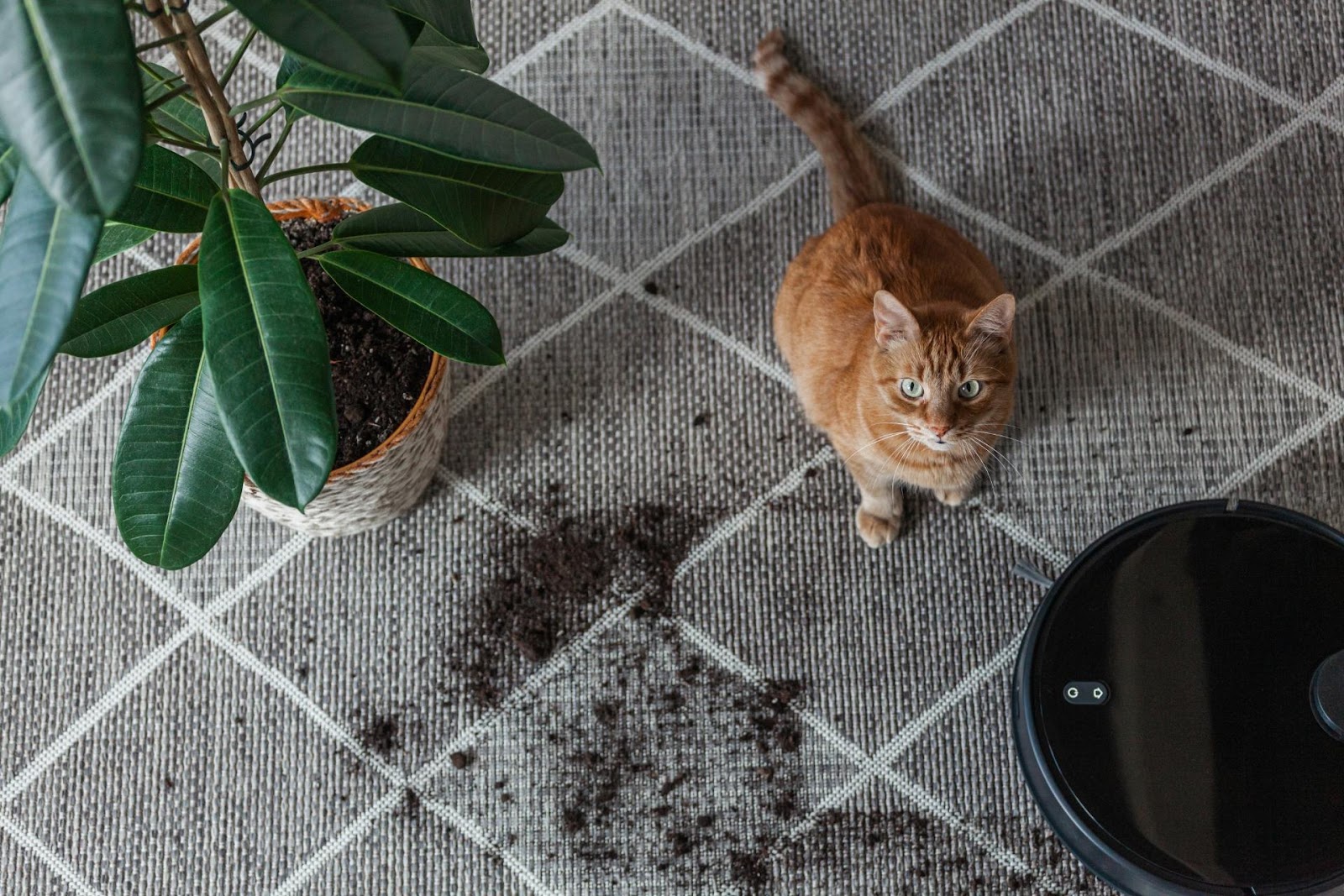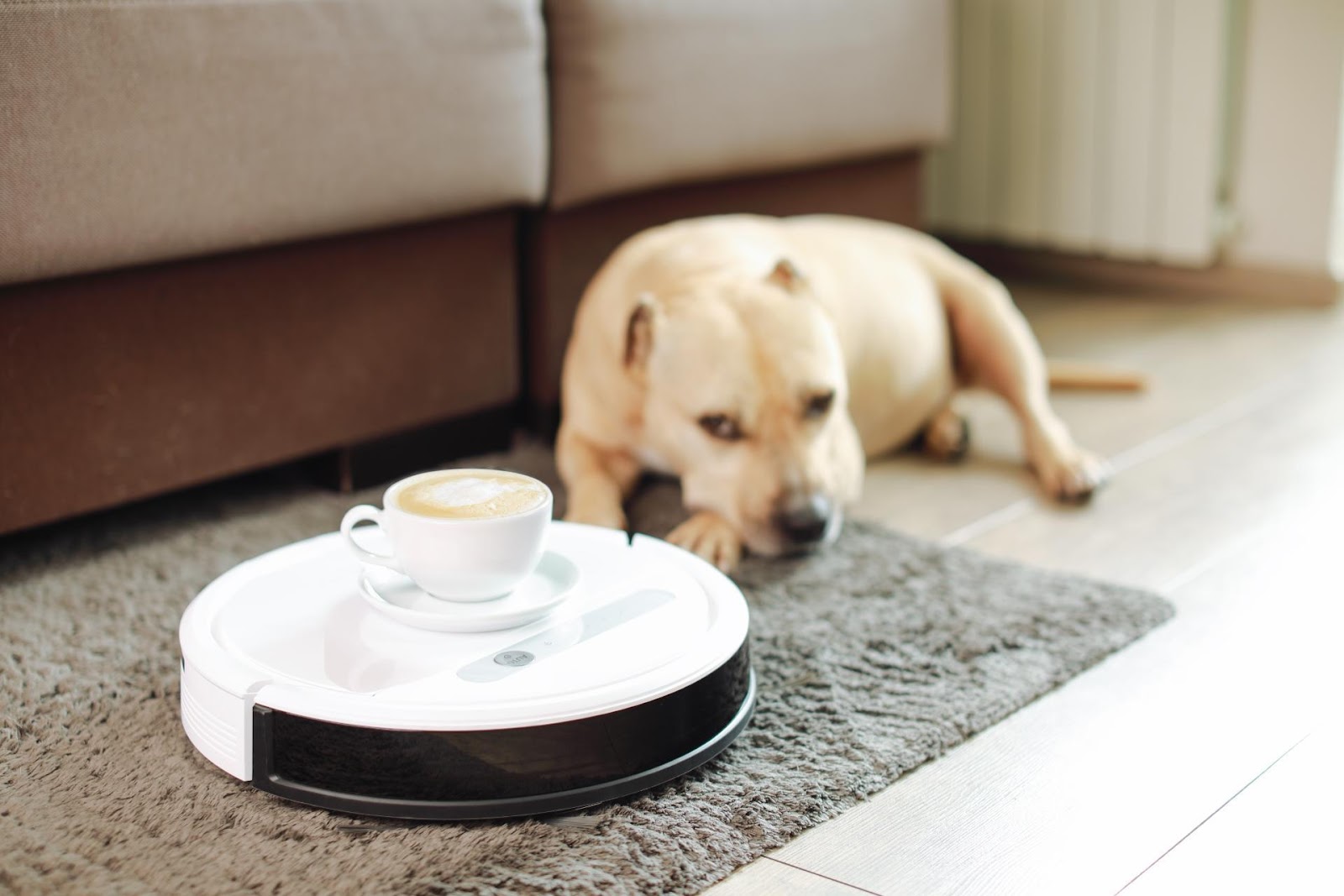Comments
- No comments found

Robot vacuums are the new popular cleaning devices that, on a large scale, have replaced traditional vacuums.
This is because the robot sweepers have a sleek design and small shapes that make them easy to store, can be integrated with apps or voice control, and above all can smartly navigate through your home’s furniture and obstacles and get to hard-to-reach places.
Since cleaning robots are really good at avoiding obstacles and reaching hard-to-reach spots, the question arises how do robots vacuum navigate? Well, this article covers the technology that is used by an auto vacuum to easily navigate places where it is working.
Lidar, also known as light detection and ranging, makes use of multiple lasers or spinning lasers to throw light on different objects in the room and wait for the light pulse to be reflected to help the robot determine how far it is from the object or obstacle.
Lidar is one of the most precise and accurate types of mapping techniques a smart cleaner uses. The robot cleaner roams around the home, making sure the laser gets to each corner. This in turn helps the robot to precisely calculate distance by the location of walls, furniture, and obstacles, which in turn allows it to make the most practical path of the home.
This map of the house is stored in the auto vacuum’s memory. Using the detailed map, the robot vacuum plans an effective and logical cleaning path. Long story short, it cleans in straight lines, along the walls, and gets to hard-to-reach areas to make sure that no dirty spot is left.
The best part about using a robot vacuum with Lidar is that in case you change your home, or you change the layout of your home by moving furniture, the robotic vacuum adapts to the new layout by updating the map it had created with the same technology.
As the name suggests, the cliff sensor is used to prevent the robot vacuum from falling off a staircase or any high place. This sensor emits infrared radiation toward the floor and waits for it to bounce back.
The time taken for the infrared radiation to bounce to the pack is used to calculate the distance between the floor and the robot sweeper. When there is a sudden increase in distance, this means that there is no floor beneath the auto vacuum which indicates that the automatic vacuum cleaner is near a staircase. This way, the cliff sensor prevents the cleaning robot from falling off a height.

Wall sensors are another important component of cleaning robots that prevent these robots from bumping into the walls. Just like cliff sensors, these sensors use infrared radiation but in a different direction. Instead of emitting infrared radiation toward the floor, these sensors emit infrared radiation toward the wall.
The time taken for infrared radiation to bounce back is measured to calculate the distance between the wall and the robot. This way it avoids bumping into walls or obstacles. Cleaning robots also use wall sensors to navigate along the wall where there is more dust piled up.

Have you ever wondered how your robot vacuum knows where the dirt is piled up, so it goes over the spot again and again to ensure it is completely clean? A dirt sensor backs up this scenario.
A dirt sensor acts as the cleaning robot’s eye to help it spot more dirt and pass through the spot multiple times to ensure all the dust and debris is vacuumed. Without one such sensor, a robot vacuum would miss some dust. Long story short, dirt sensors help effectively clean the whole space.
Obstacle sensors play a key role in helping robot vacuums navigate through all the obstacles and furniture in your home. Instead of bumping into obstacles and harming itself, the vacuum’s obstacle sensors are programmed to go around the obstacles to effectively clean the place.
These sensors that are placed at the vacuum's bumper and some newest models of auto vacuums also allow the vacuum to push against an obstacle to check if it is soft such as a curtain, so they can push against the curtain and continue cleaning.

Carpet sensors are used to help the robot vacuum detect when it is going from one type of flooring to another (hardwood or tile to carpeted). These sensors use infrared radiation to detect the height or texture of the flooring to check if they are on a carpet.
Carpet sensors are generally used to avoid mopping on the carpet or changing the cleaning mode while vacuuming since carpets require strong suction power while vacuuming to suck out dirt accumulated at the bottom.
Leave your comments
Post comment as a guest